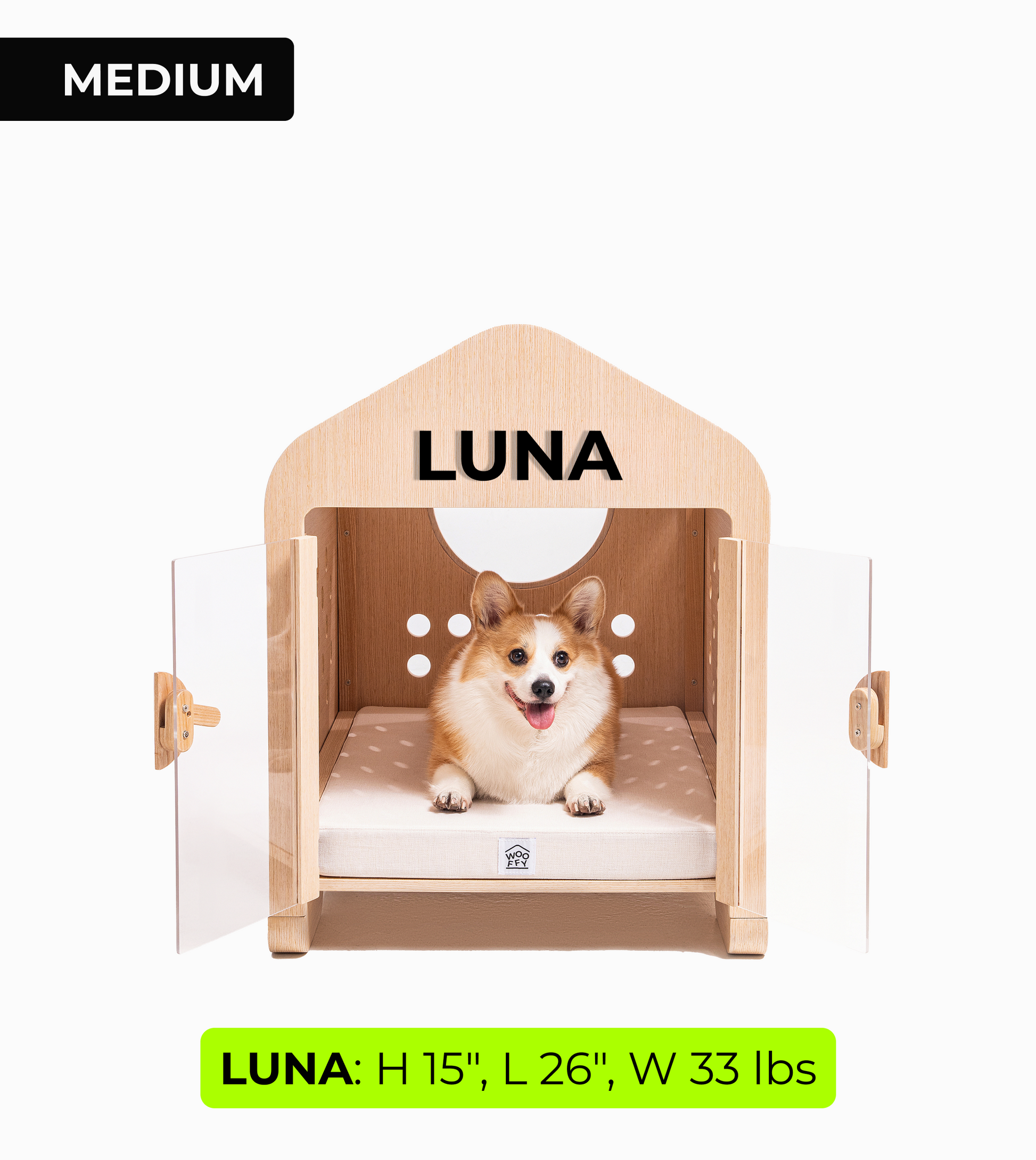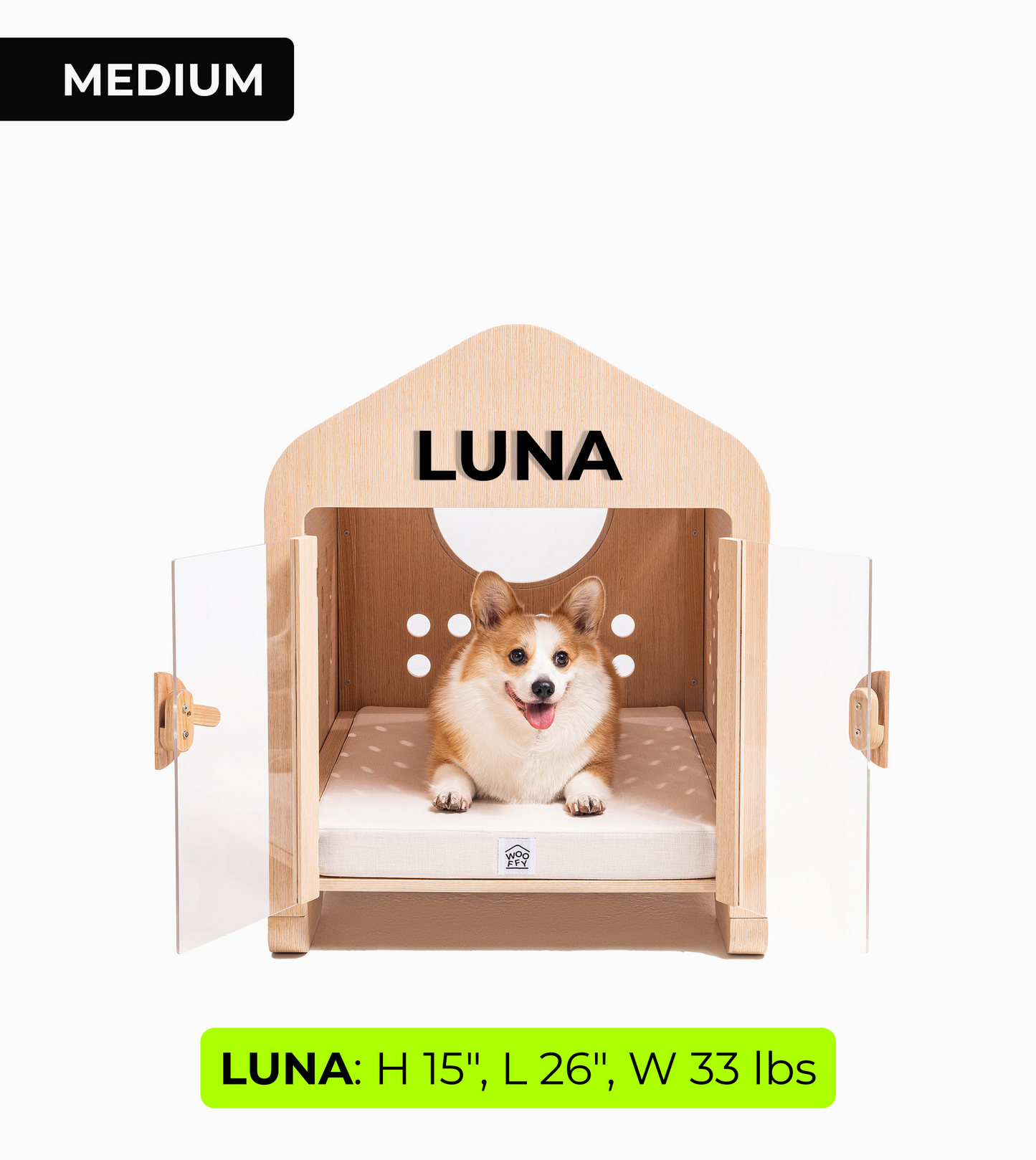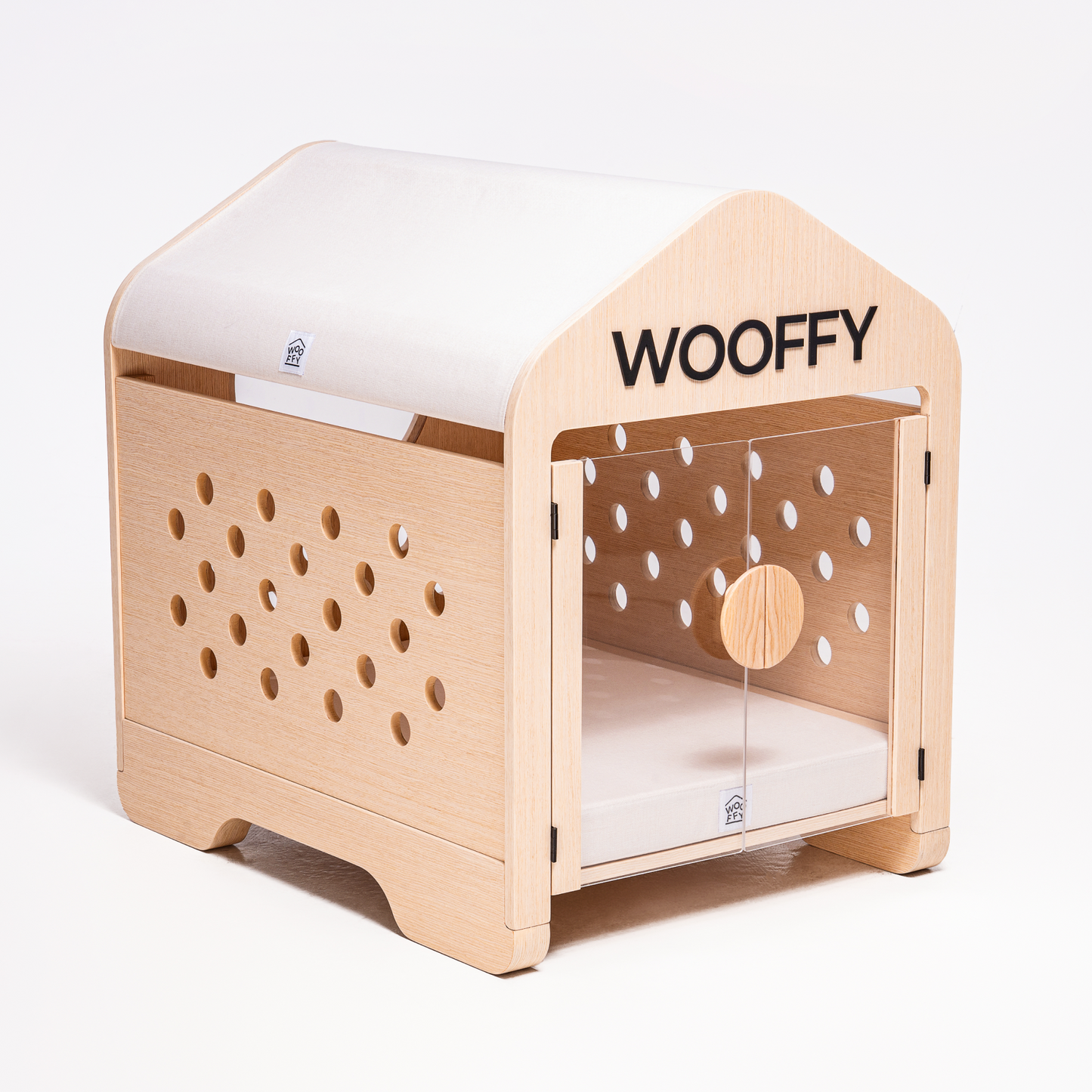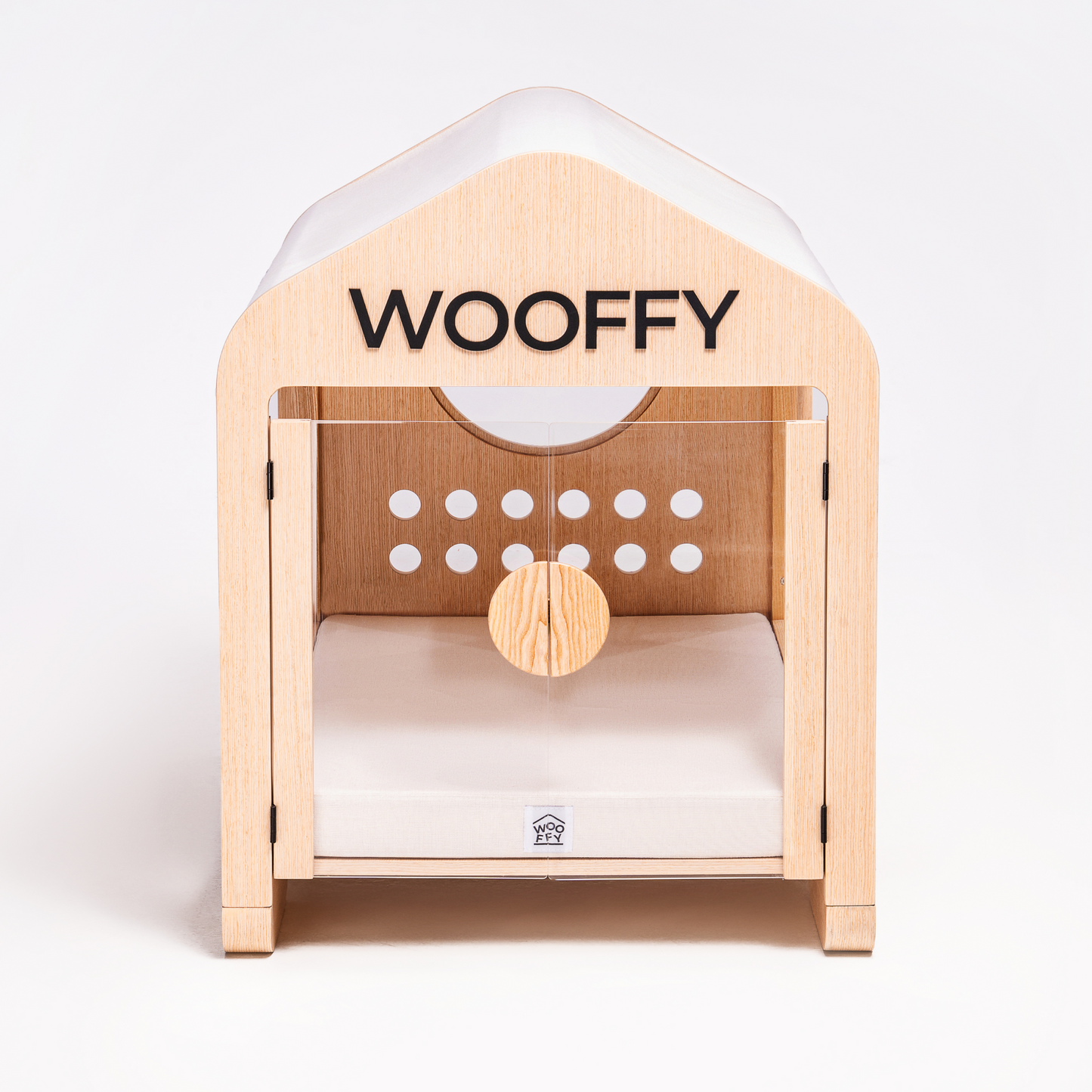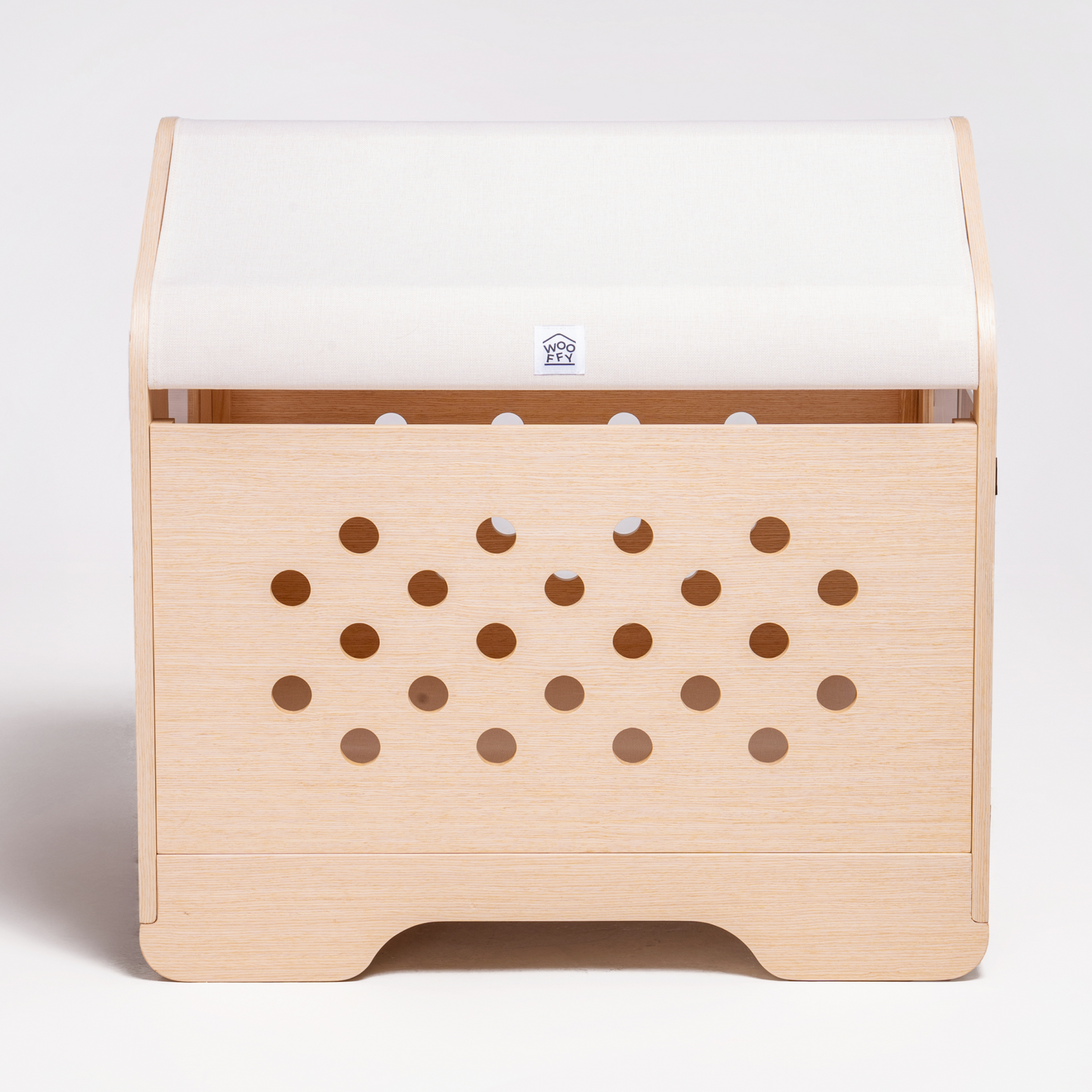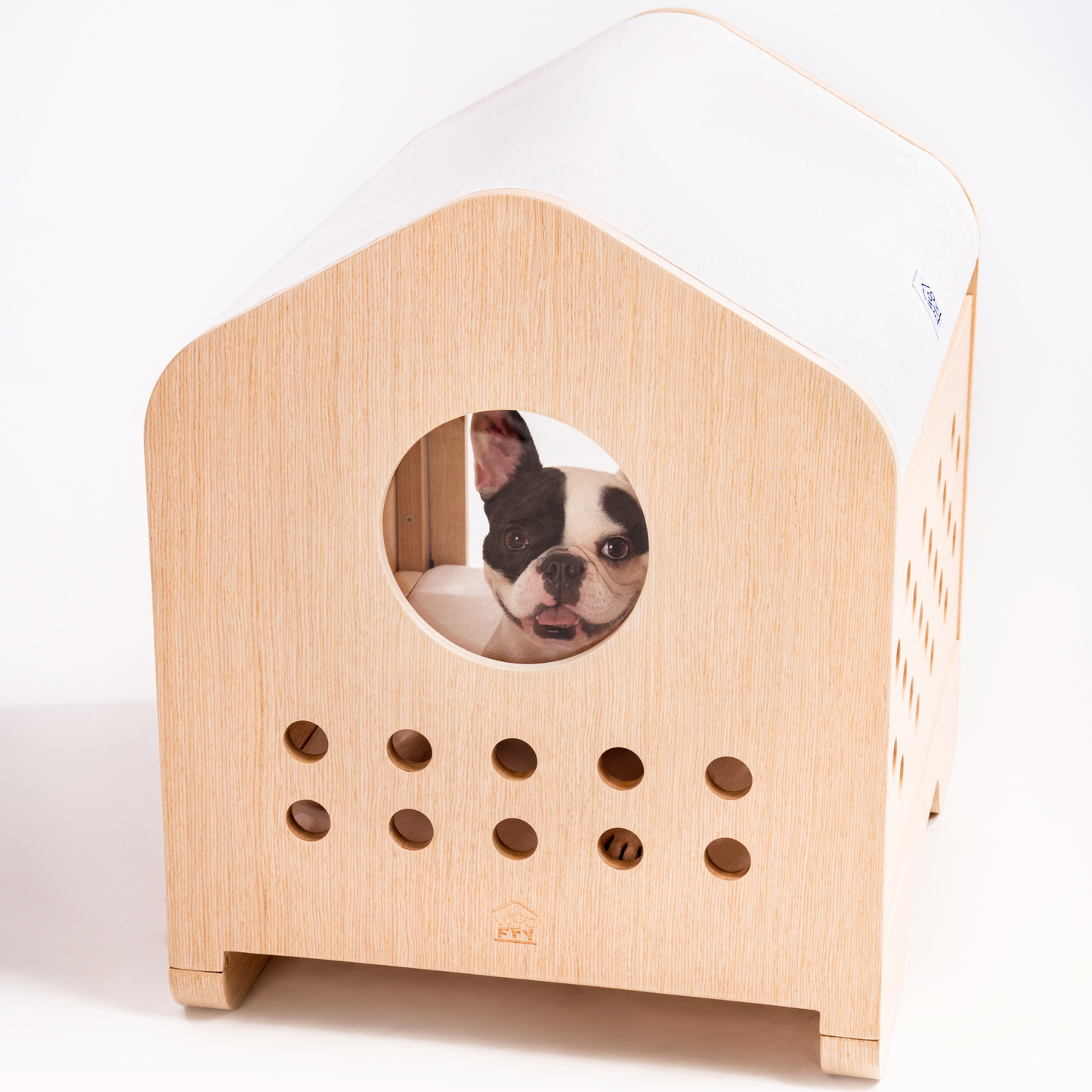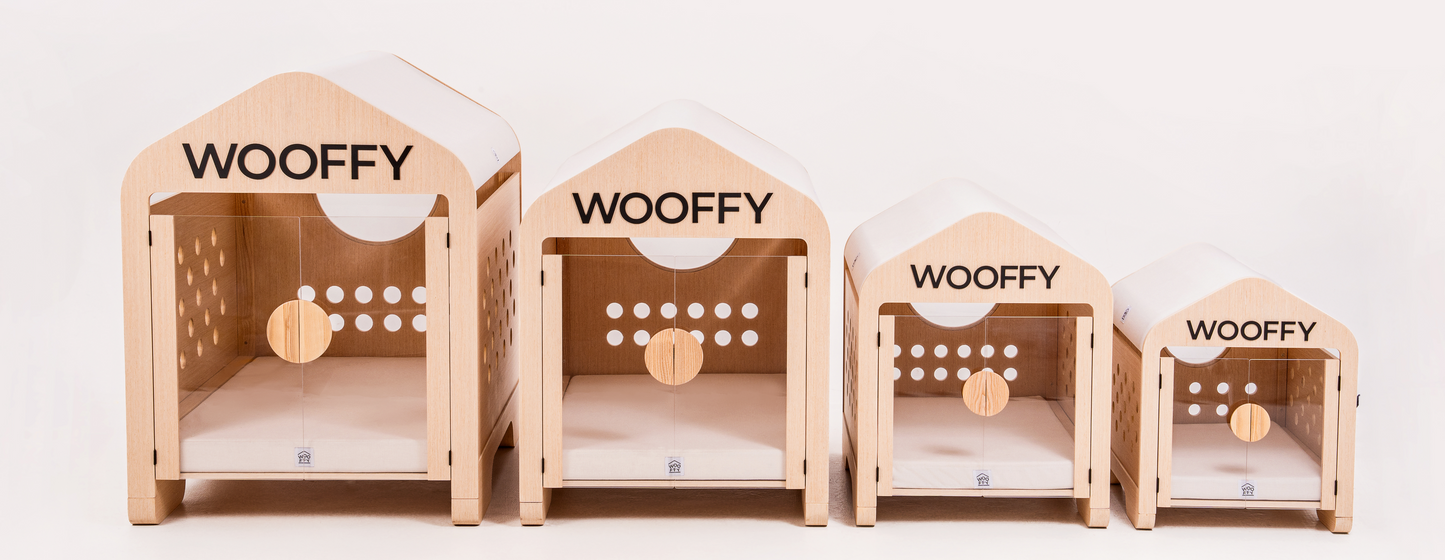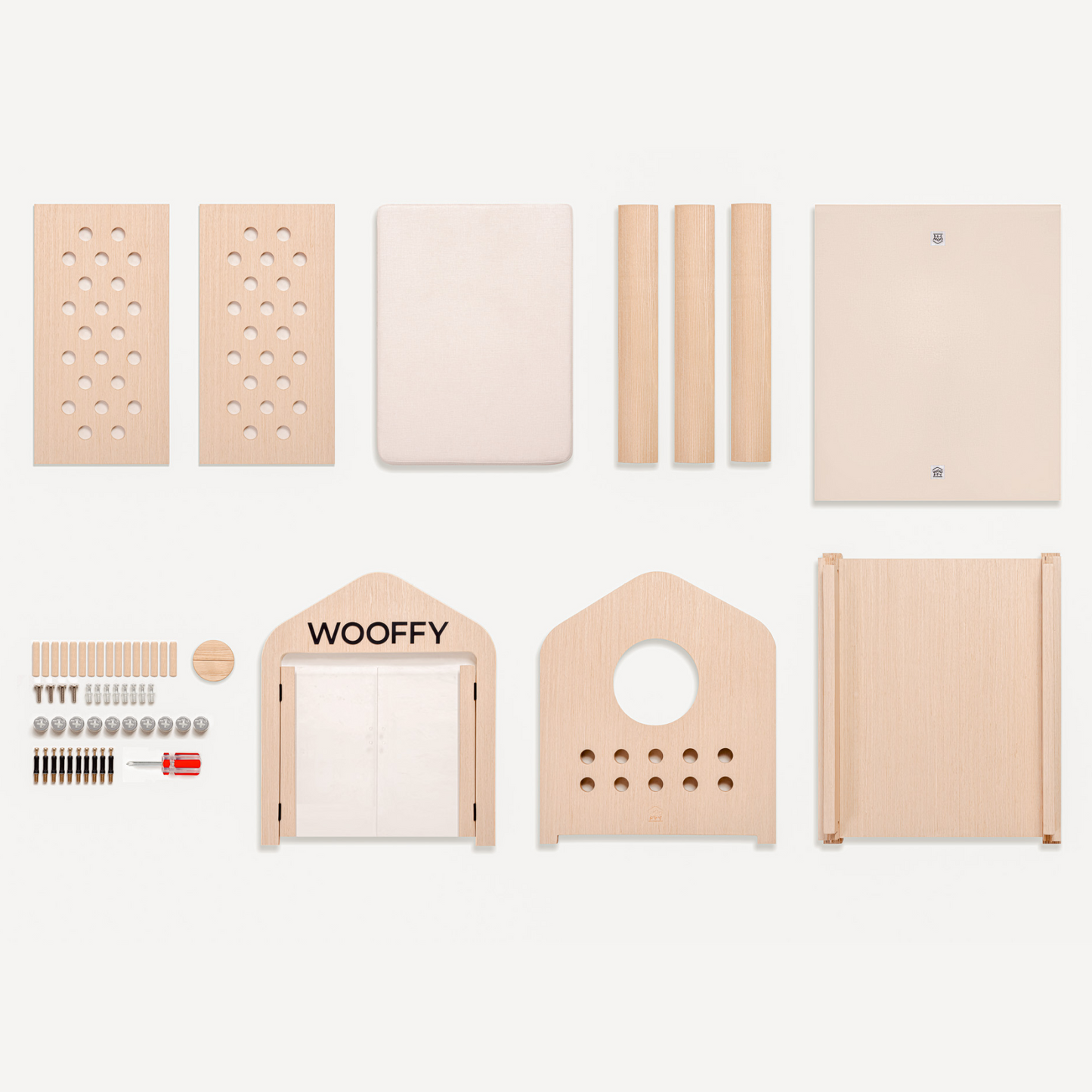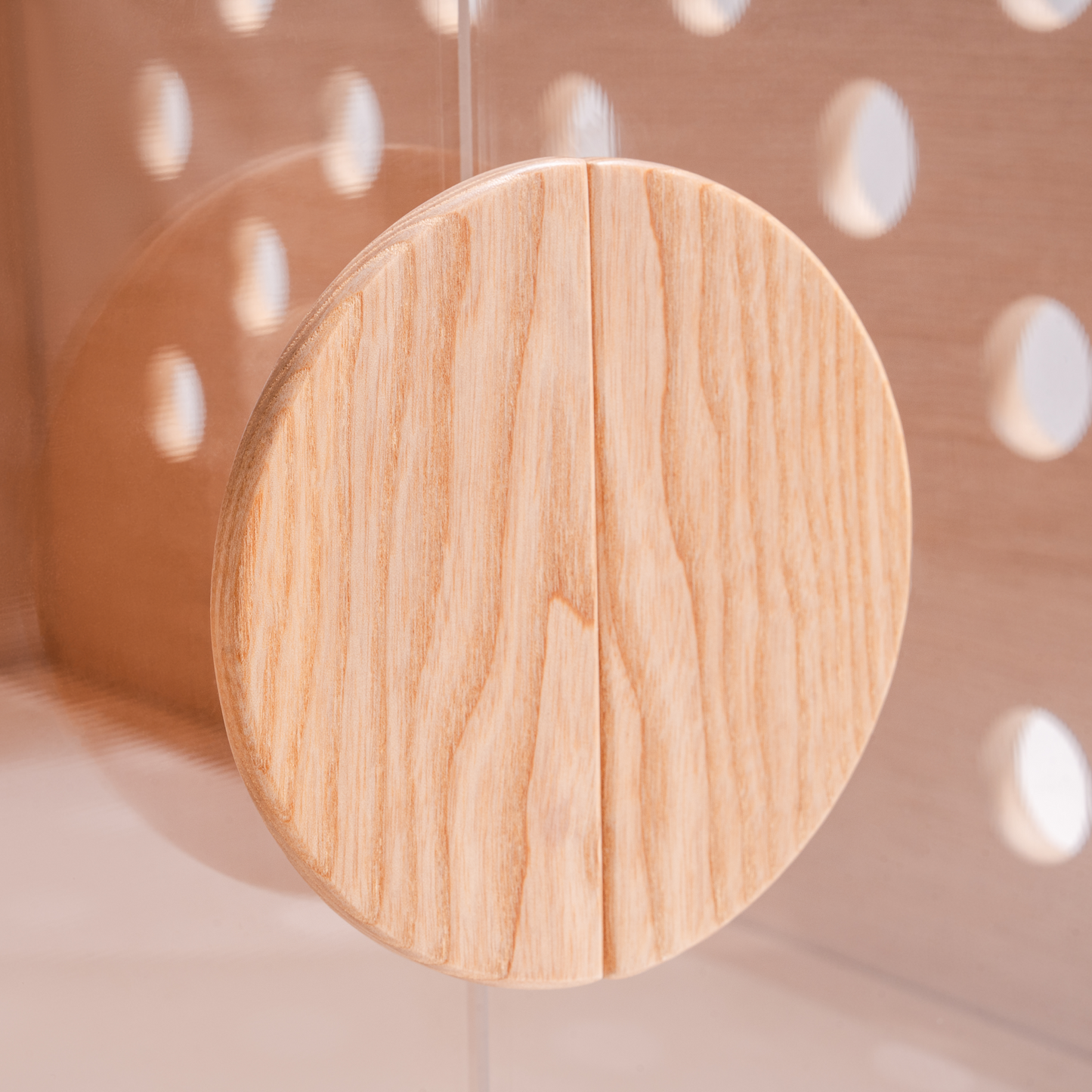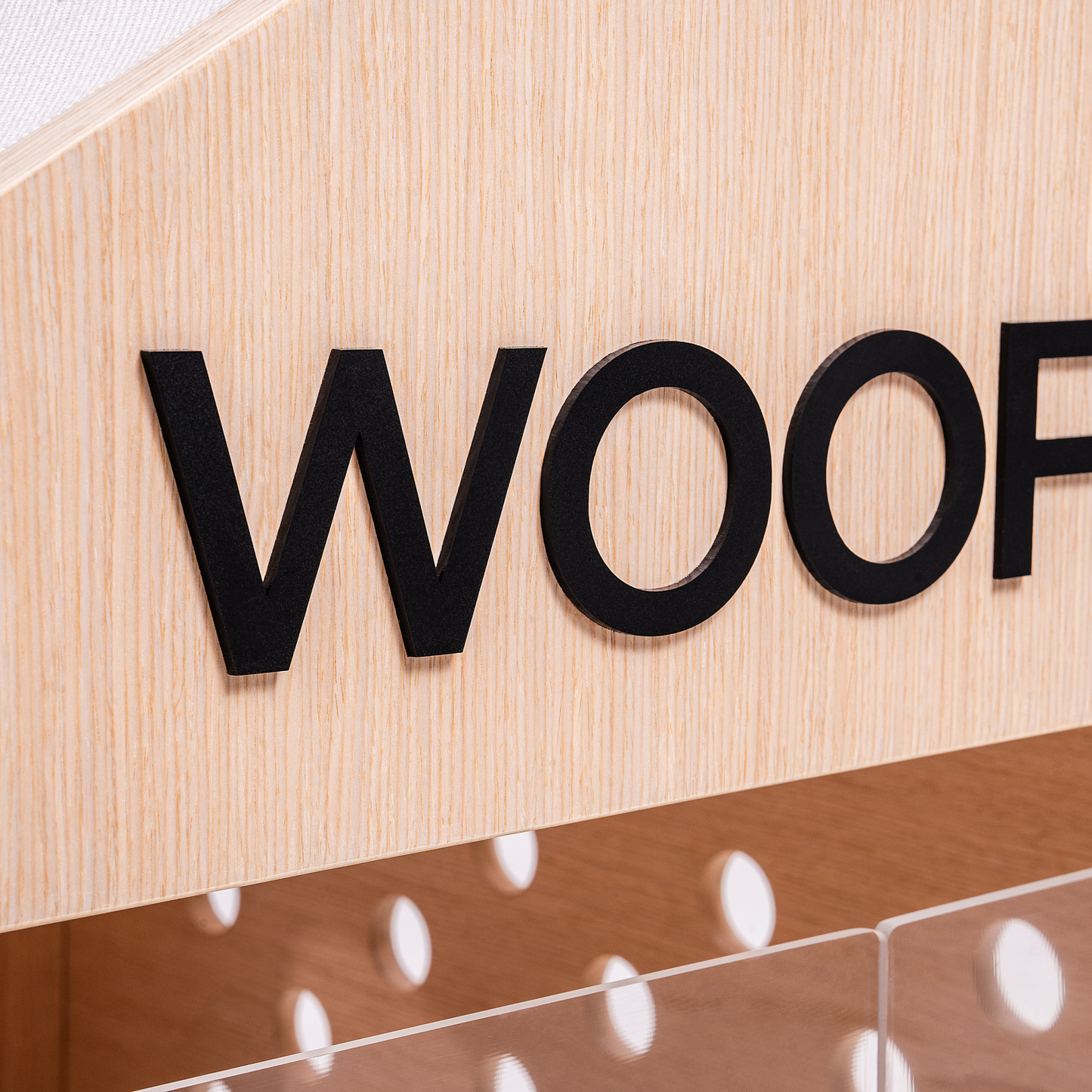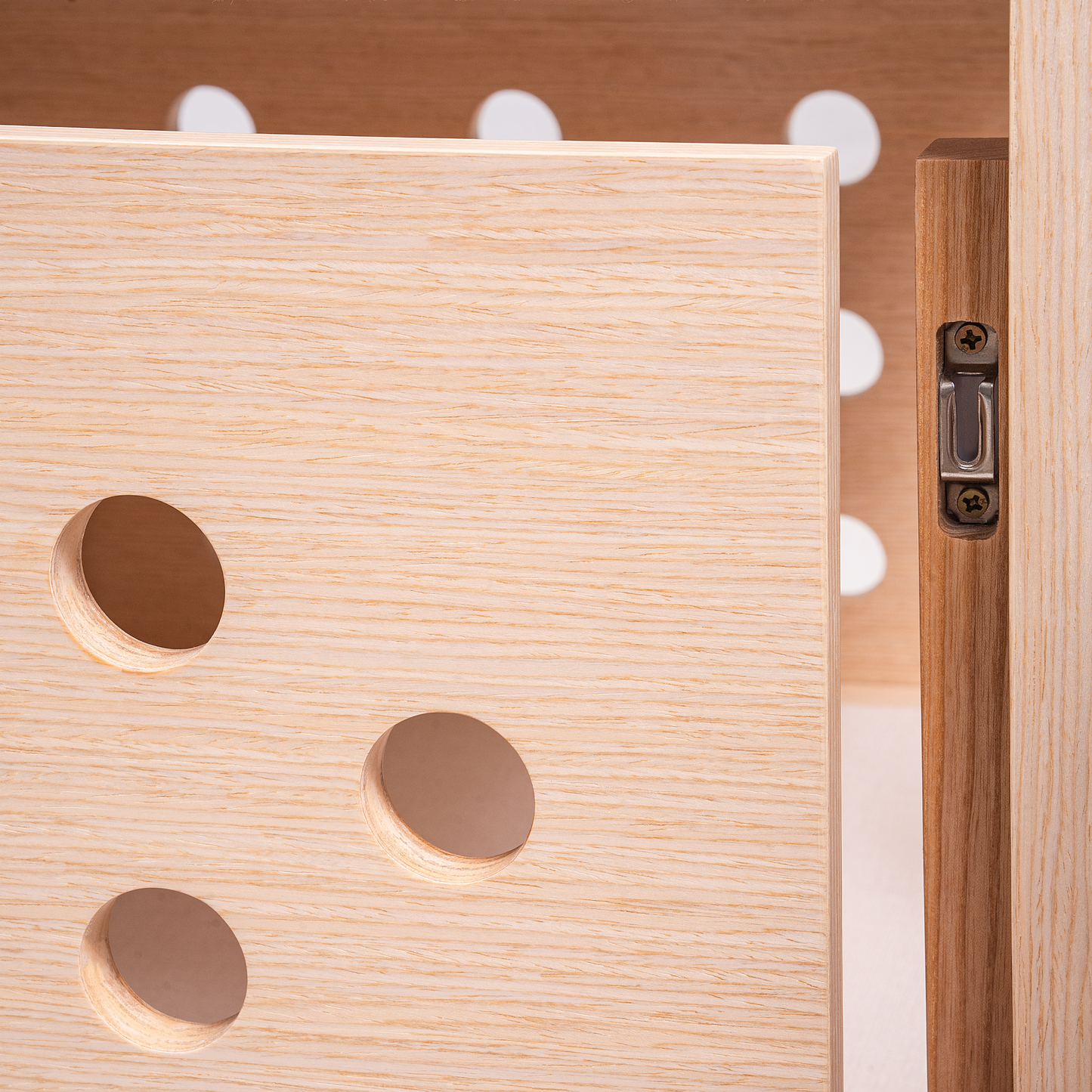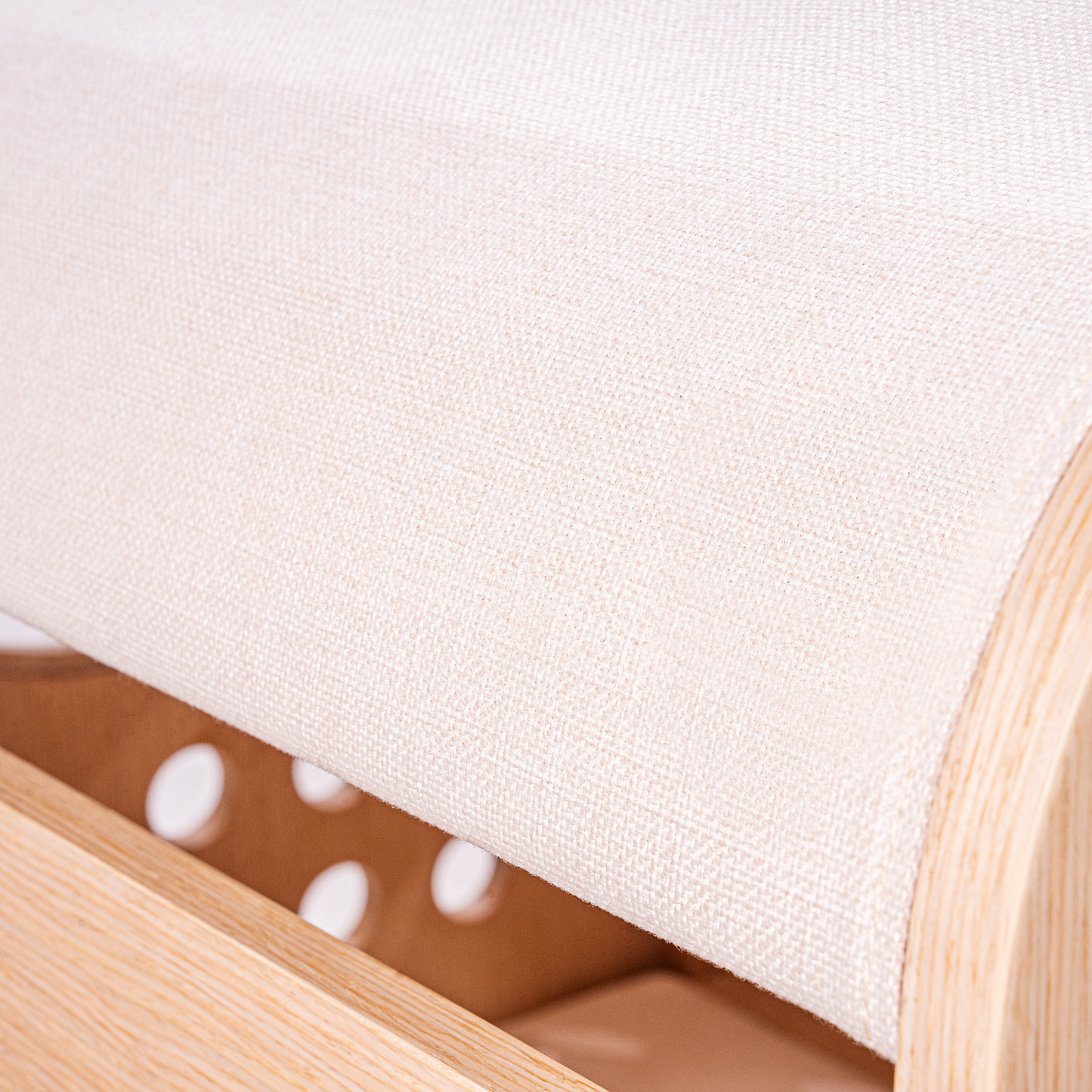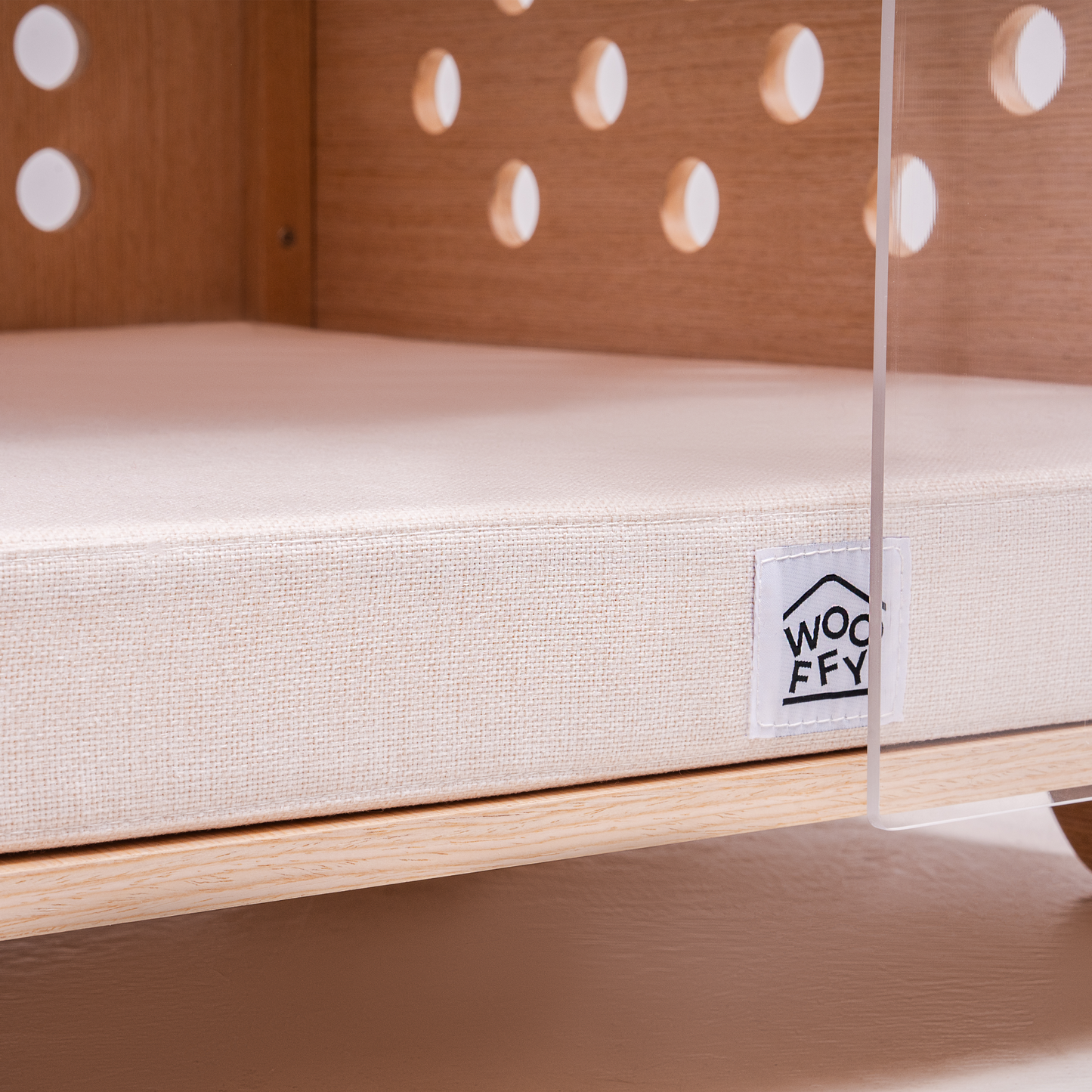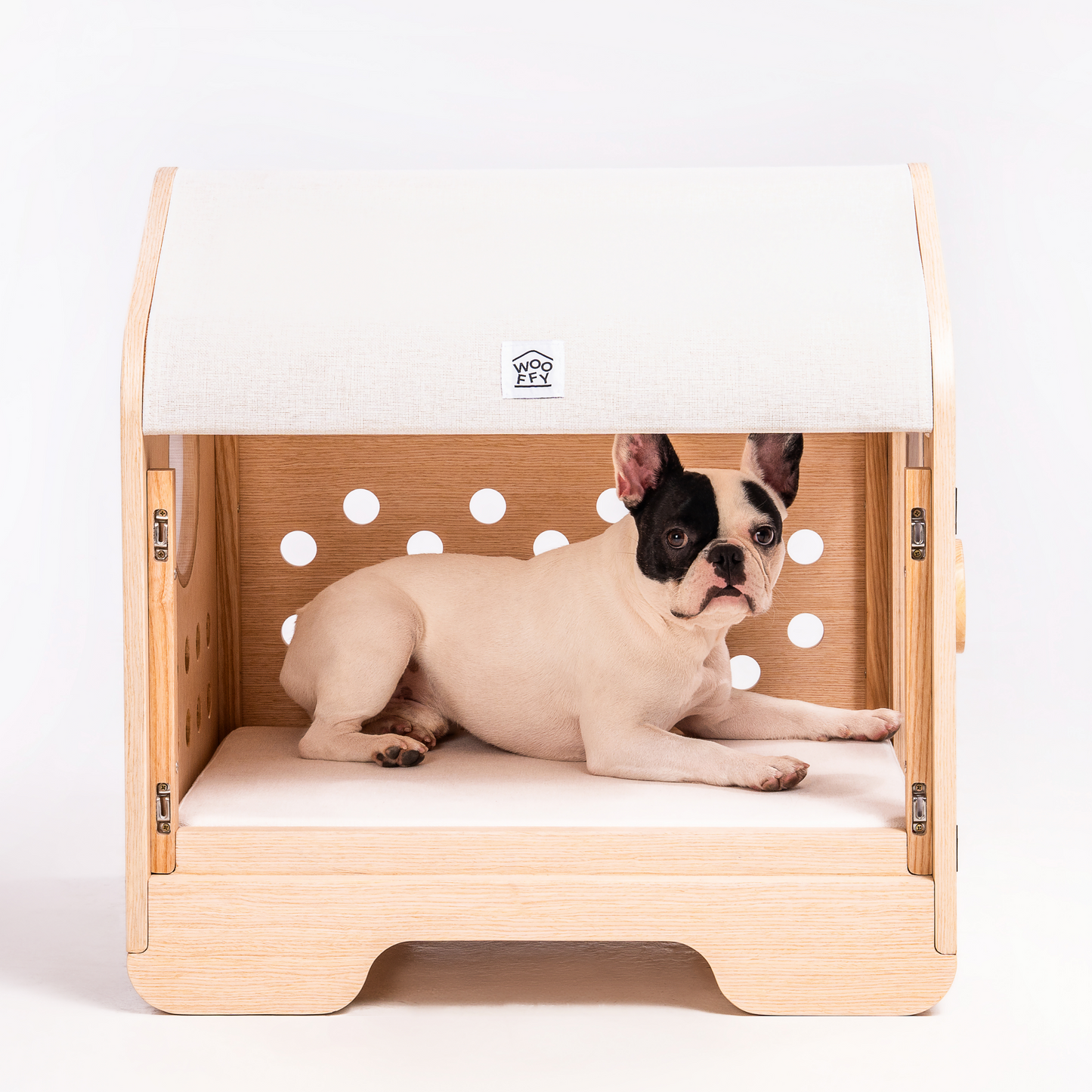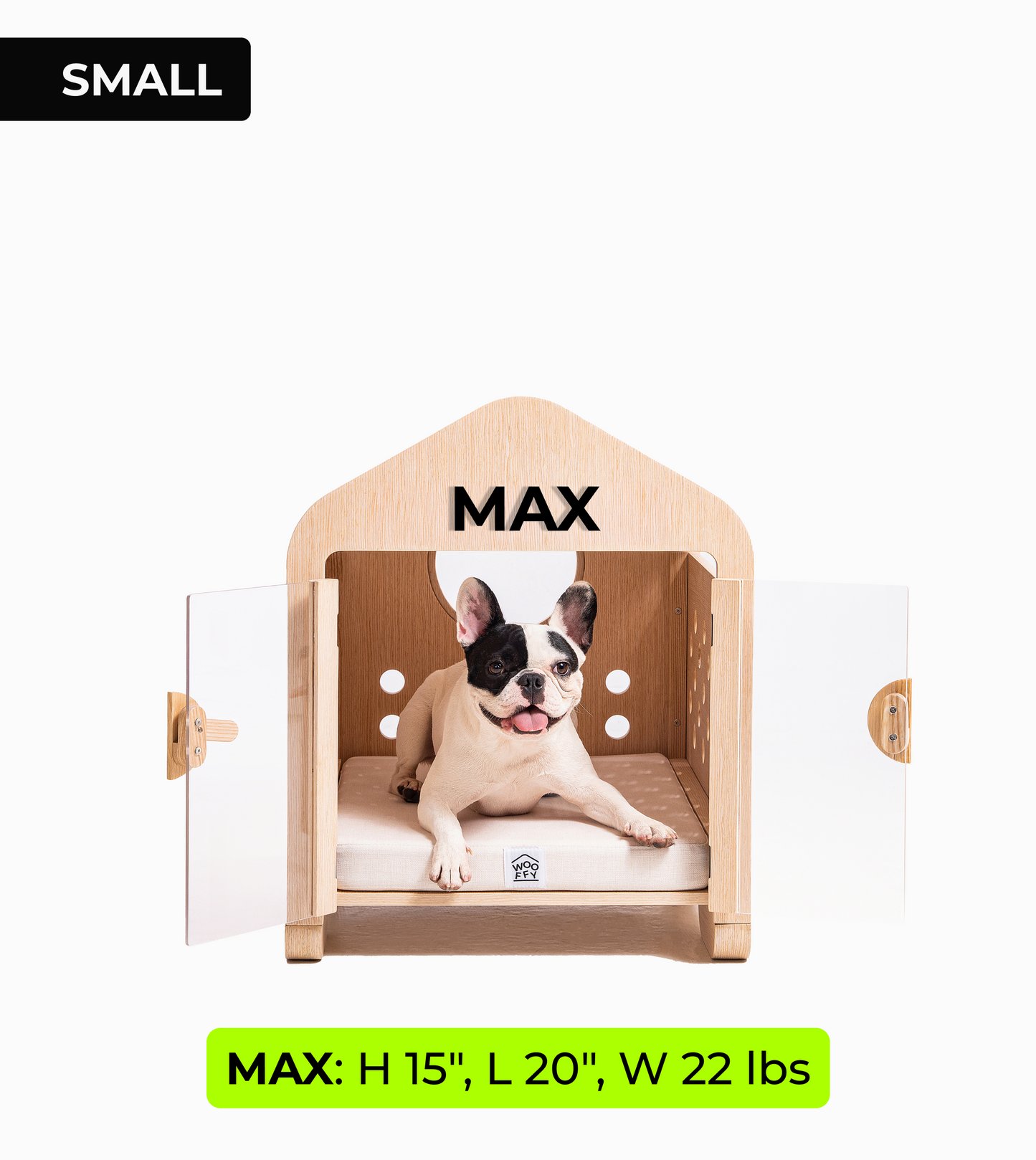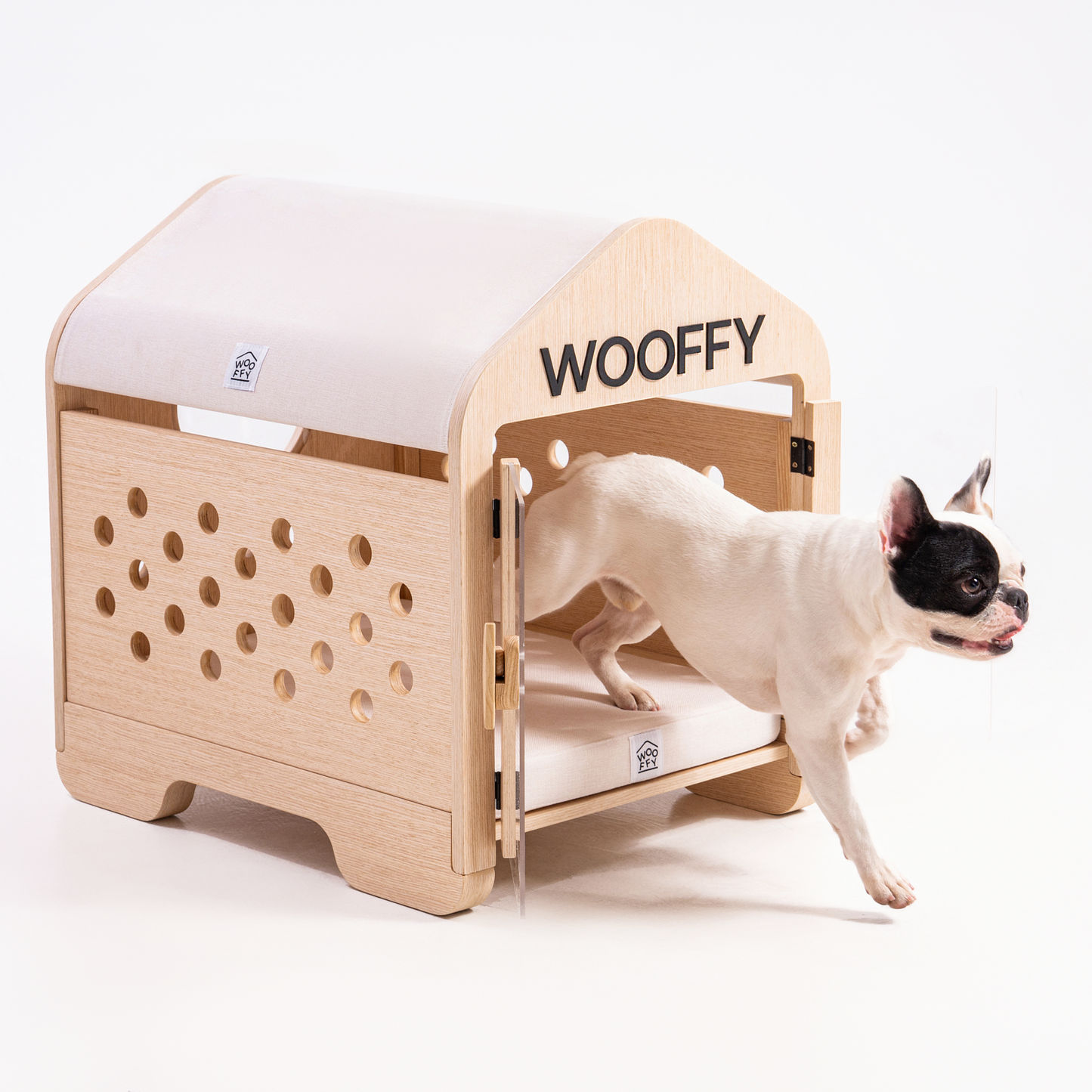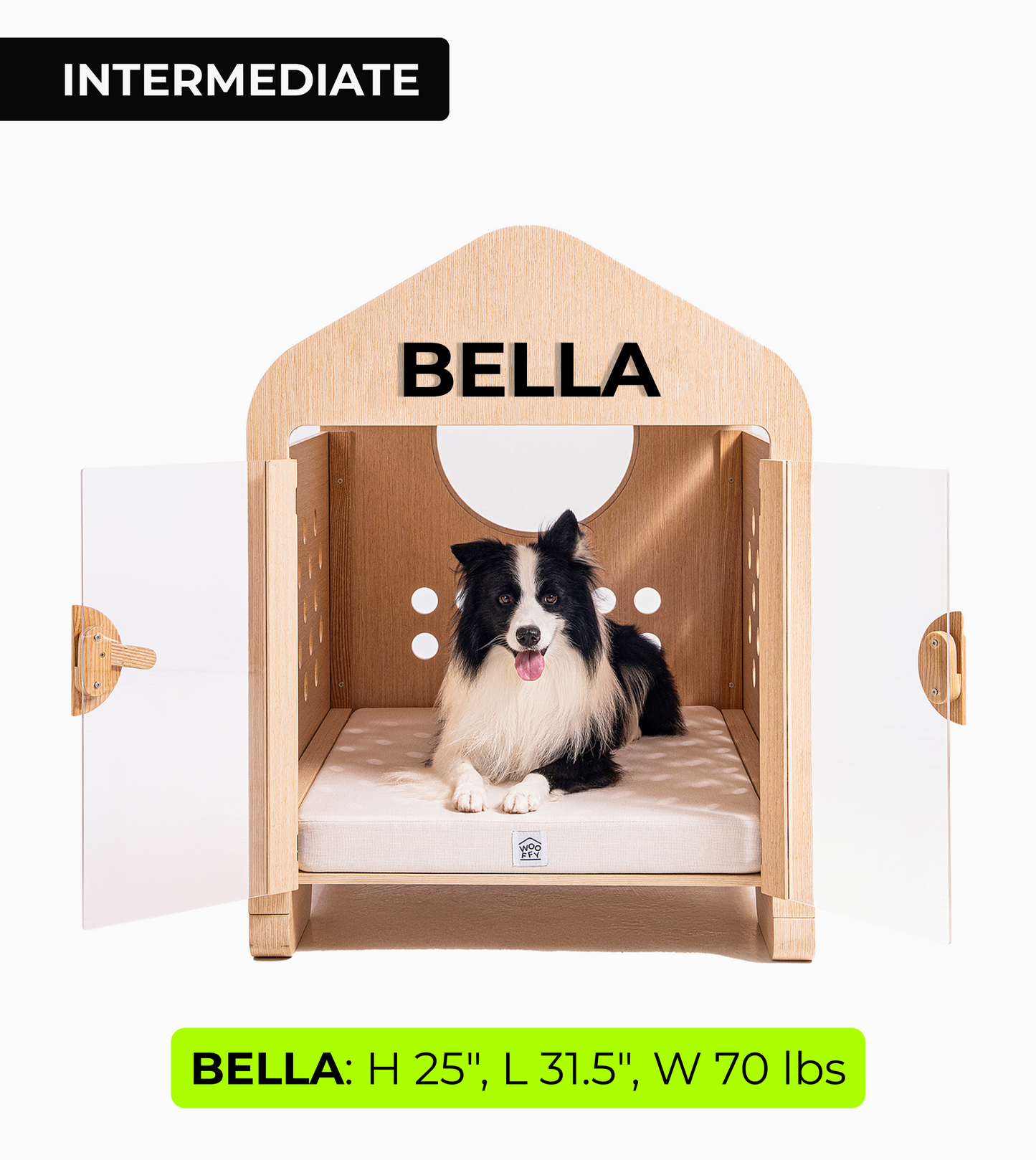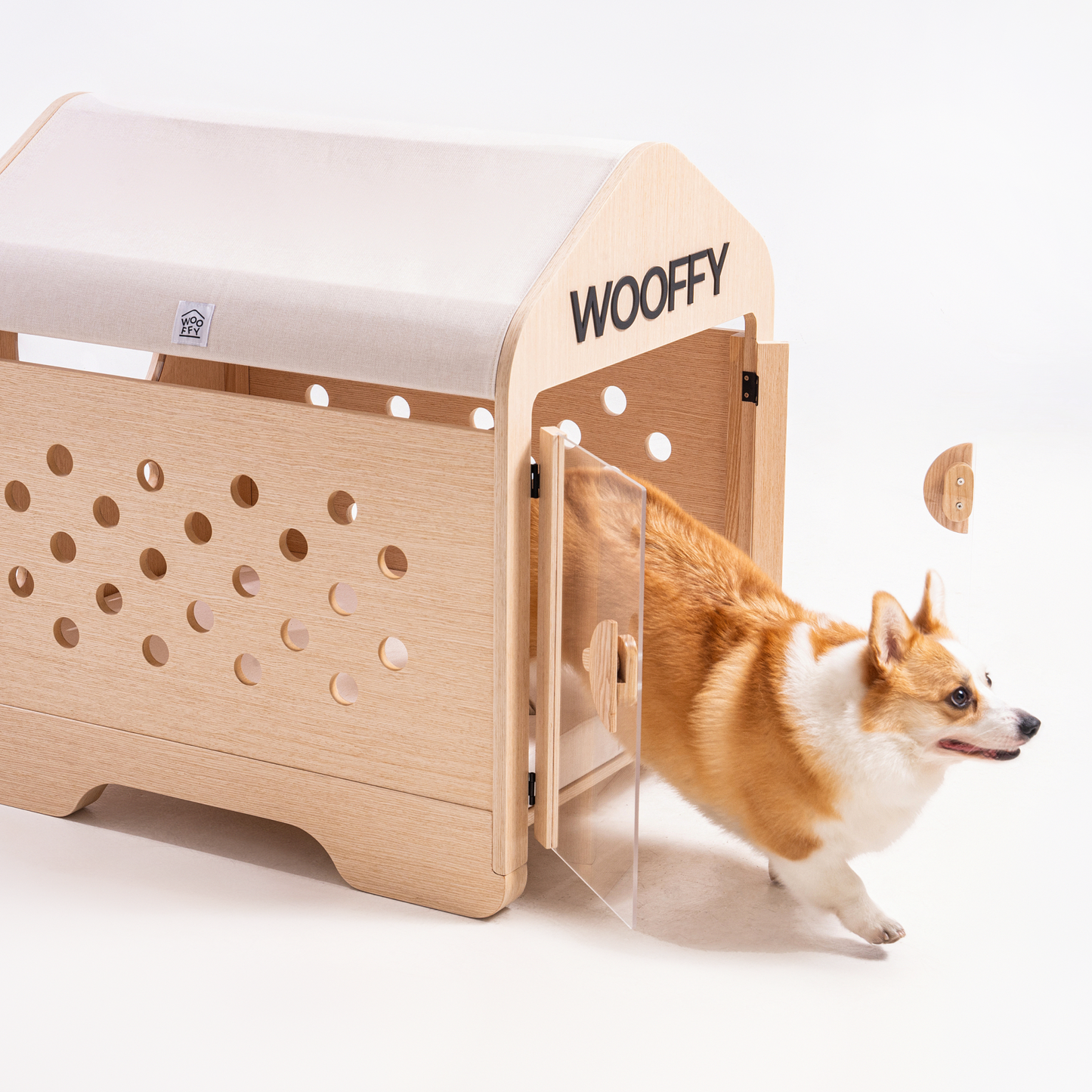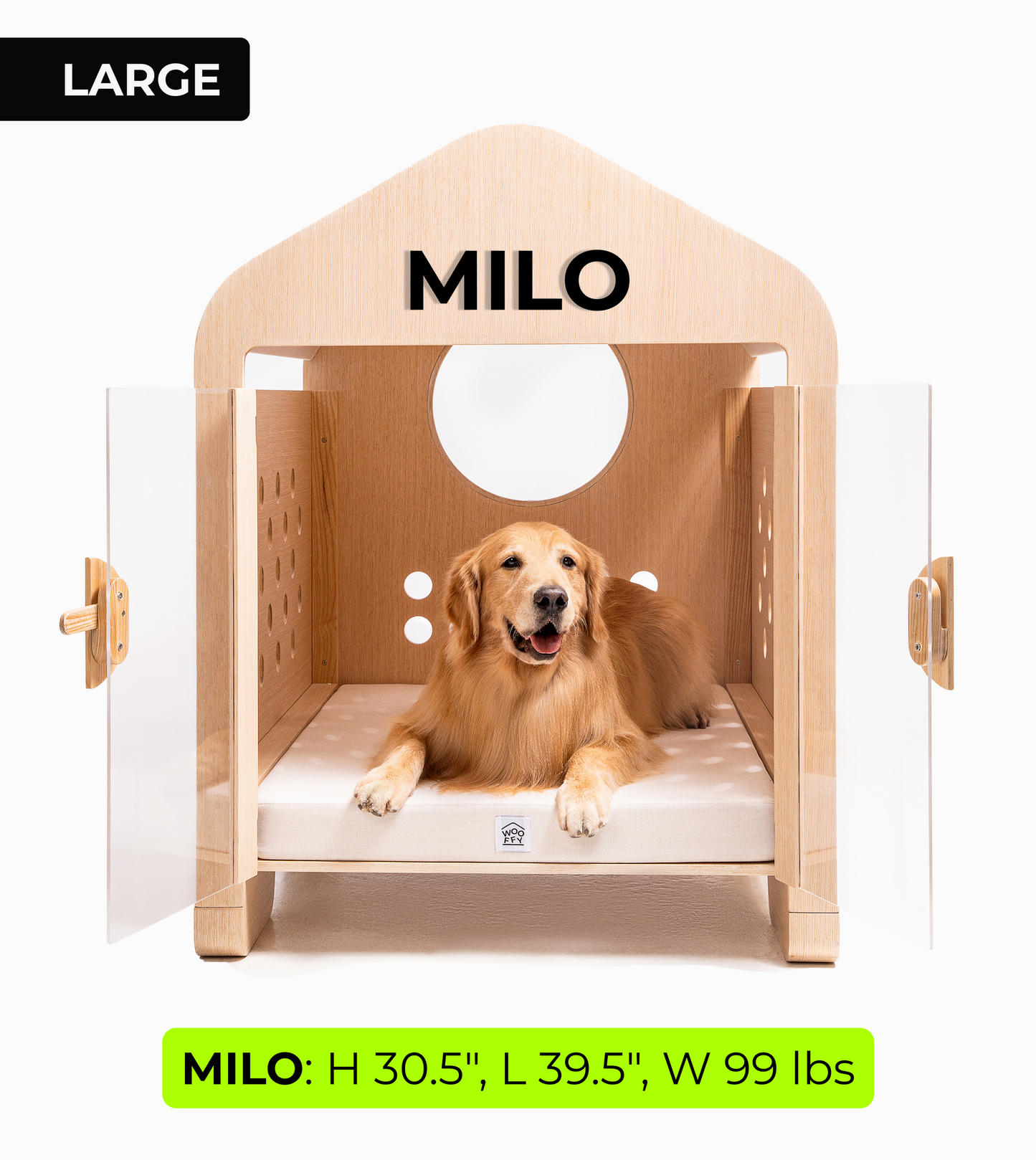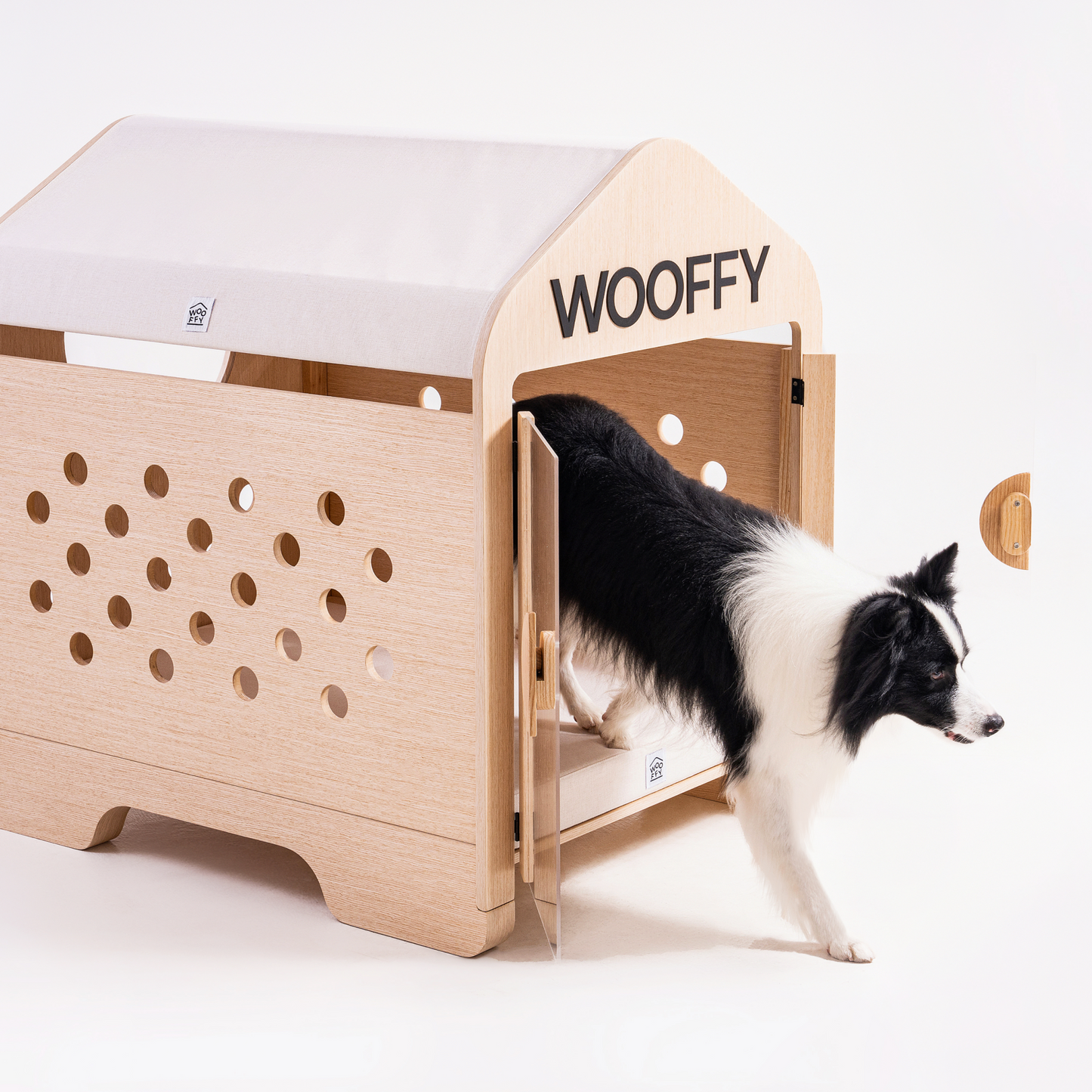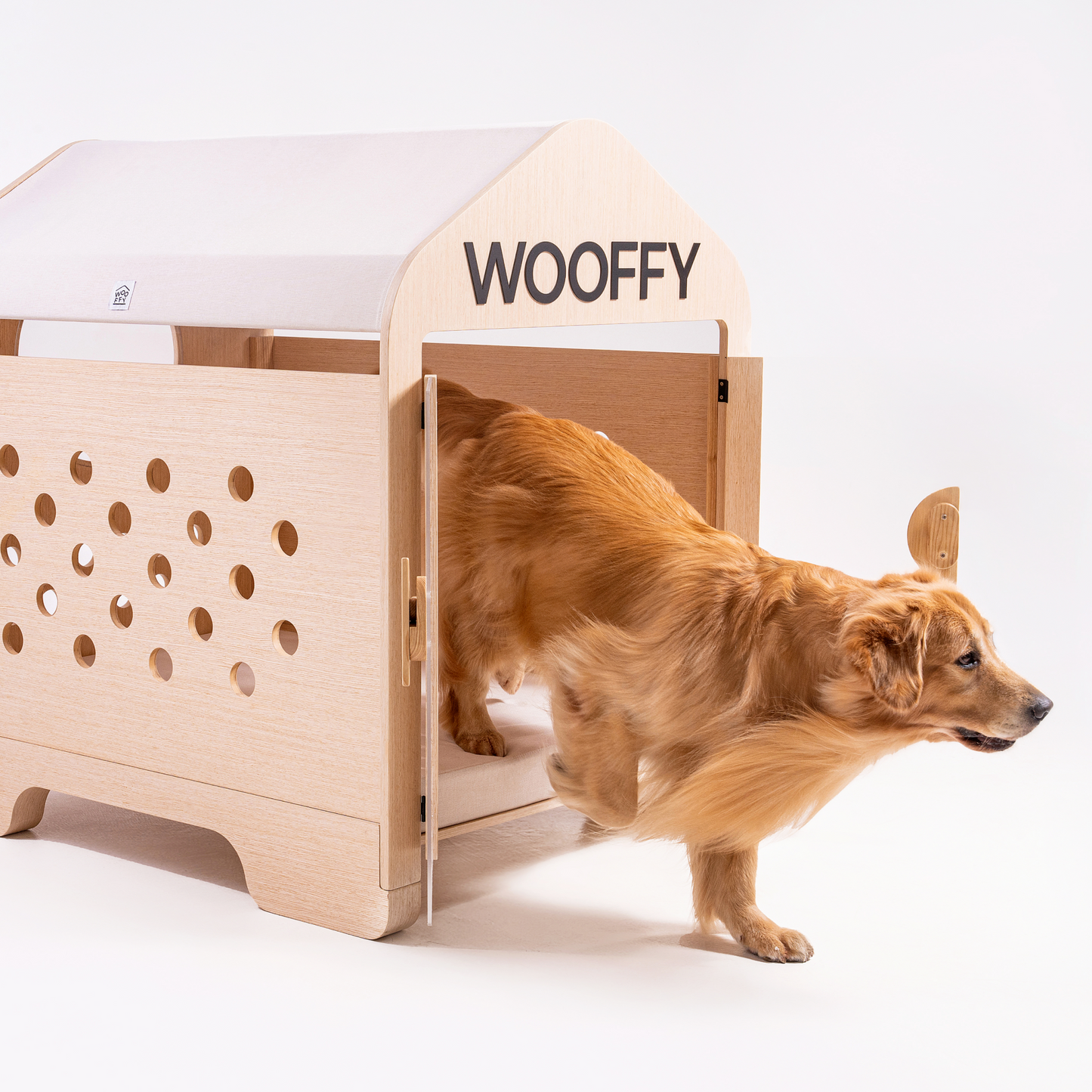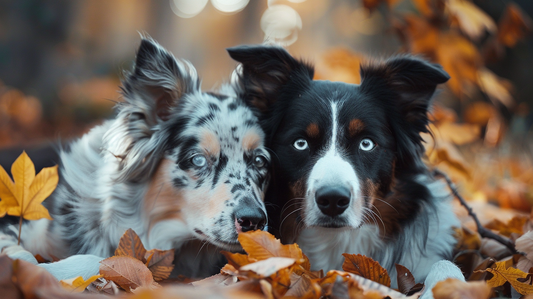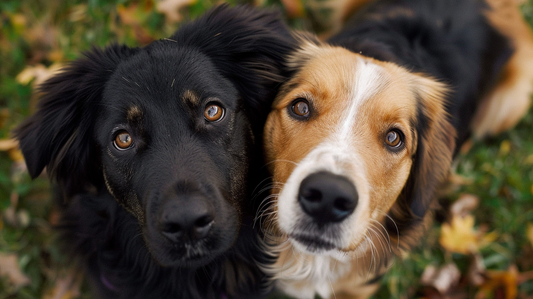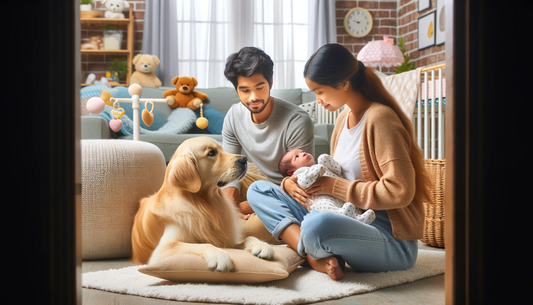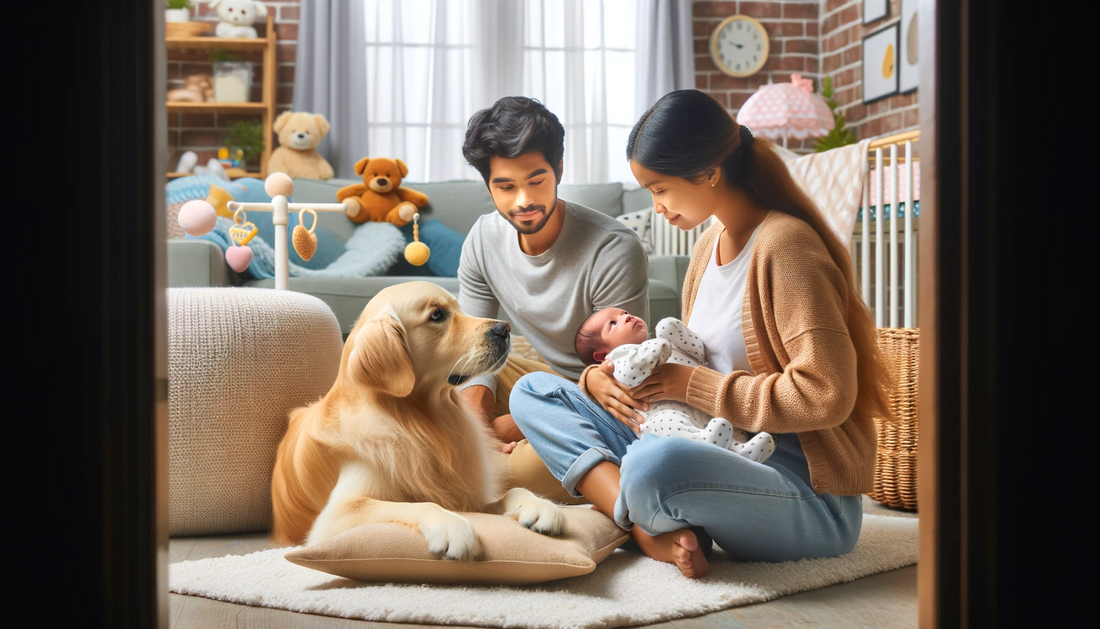
4 Essential Tips for Introducing a Newborn to Your Dog
Share
Introduction
Welcoming a new baby into your family is a joyous occasion, but it also brings unique challenges, especially for pet owners. Introducing your dog to your new baby requires careful planning and patience. This article compiles expert advice to help you prepare your dog for this significant change and ensure a harmonious relationship between your new baby and your beloved canine.
1. Preparing Your Pet Before the Baby Arrives
-
Gradual Changes to Routines:
Make adjustments to your dog’s routines, like sleep and walk times, before the baby arrives.
Introduce your dog to baby supplies and scents, such as baby lotion or powder, to create a positive association.
-
Setting Up the Nursery:
Allow your dog to explore the nursery and get used to new furniture or baby items.
Establish ground rules, like not allowing your dog to jump or sleep on baby furniture.
-
Introducing Baby Sounds and Scent:
Play recordings of baby sounds to familiarize your dog with new noises.
Acclimate your dog to the baby’s scent using items like a baby blanket.
2. The First Introduction
-
Bringing Baby Home:
Greet your dog in a quiet room upon arriving home from the hospital to reconnect.
Allow your dog to investigate baby-scented items in a calm environment.
-
Controlled First Meeting:
Introduce your dog to the baby gradually, starting at a distance and gradually getting closer.
Ensure the dog is on a leash during initial interactions and allow it to sniff the baby while controlled.
-
Continuous Supervision:
Never leave your dog alone with the baby, even if they seem comfortable with each other.
Always supervise interactions and understand that dogs need time to adjust.
3. Maintaining Balance in the Household
-
Giving Attention to Your Dog:
Continue to provide regular attention and praise to your dog, especially when the baby is present.
Balance time spent with your baby and dog to prevent feelings of neglect.
-
Teaching Respect and Boundaries:
Teach your baby to respect the dog as they grow, avoiding actions like pulling on ears or tail.
Set boundaries for both your dog and baby, ensuring each has their own safe space.
-
Encouraging Positive Interactions:
Provide opportunities for your dog and baby to bond when age-appropriate.
Reward and praise your dog for gentle behavior around the baby.
4. Wooffy House: Enhancing the Transition for Dogs and Babies
Wooffy House is not just a pet’s space; it's a multifunctional tool that can significantly ease the transition of introducing your dog to your new baby. Its innovative design and comforting features make it an ideal environment for your dog during this adjustment period.
-
Training and Acclimation: Use Wooffy House for specific training sessions related to the baby’s arrival. It can serve as a controlled environment where your dog can be taught to respond to baby-related commands and get familiarized with baby scents and sounds.
-
Safety and Supervision: With its secure structure, Wooffy House provides a safe space for your dog while you are tending to the baby. This ensures that both your baby and dog are safe, especially in the early stages of their introduction.
-
Comfort Zone for Your Dog: The comfortable and familiar confines of Wooffy House offer a retreat for your dog, where they can relax and feel secure amidst the changes happening in their environment.
- Promoting Positive Interactions: As your baby grows, Wooffy House can be a focal point for supervised interactions. Its presence can help in teaching your child about respecting the dog’s space and boundaries.

Conclusion
Introducing your dog to your new baby is a process that requires patience, understanding, and consistent effort. By preparing in advance and following these guidelines, you can create a loving environment where both your child and your dog feel secure and valued. Remember, if at any point you are concerned about your dog’s behavior, do not hesitate to consult a qualified trainer or behaviorist.

